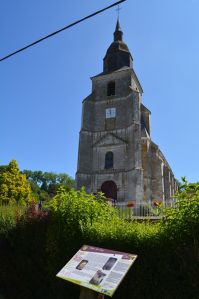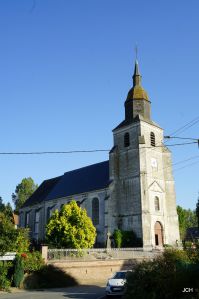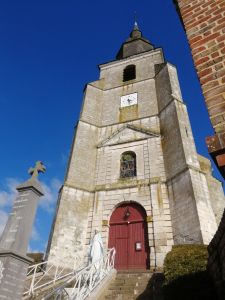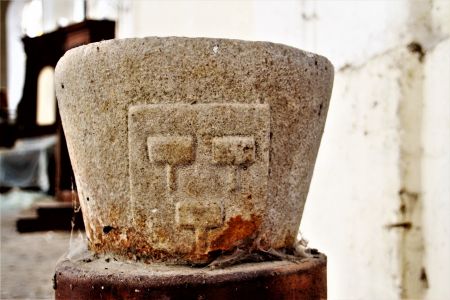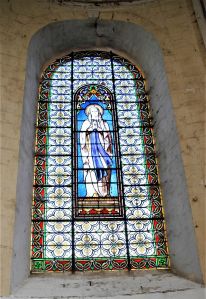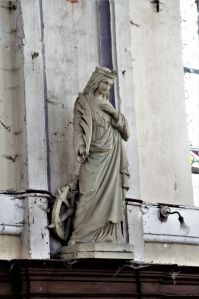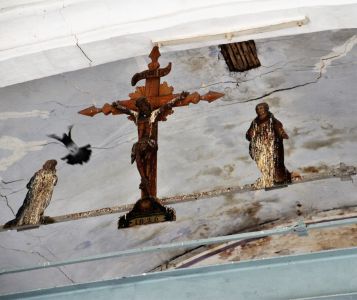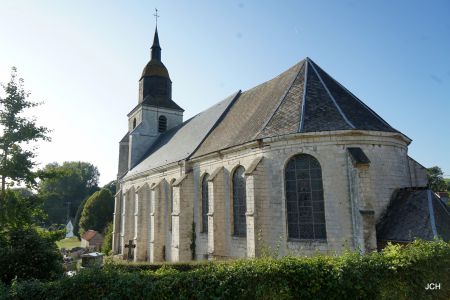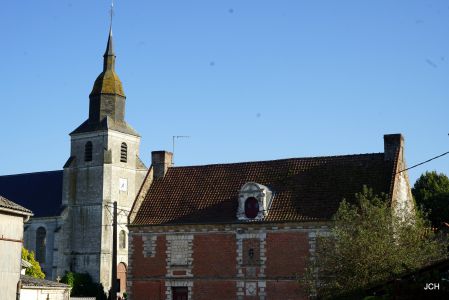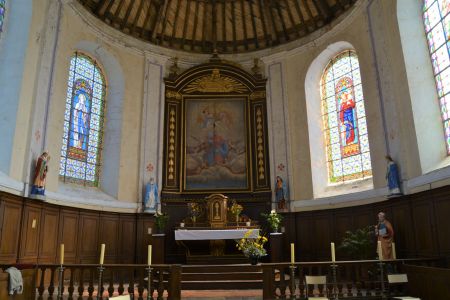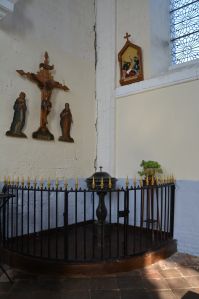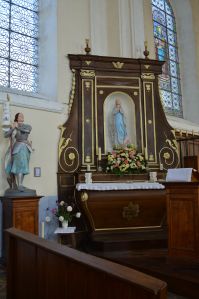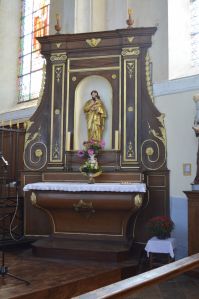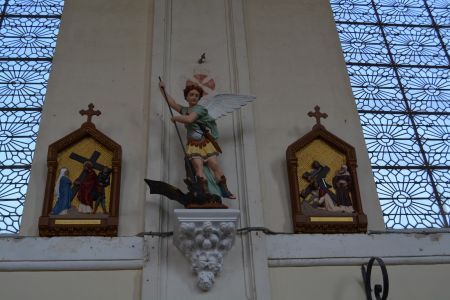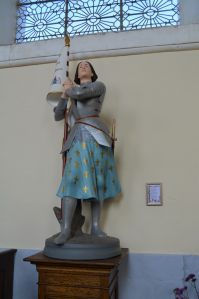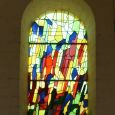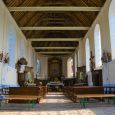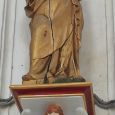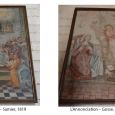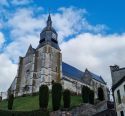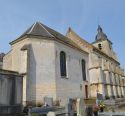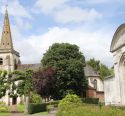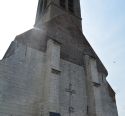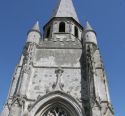Church | 1755 | Neoclassical | Catholic Church

Map
Opening hours
01 May - 30 September
Mon
Tue -
Wed -
Thu -
Fri 9.00 - 18.00
Sat 9.00 - 18.00
Sun 9.00 - 18.00
01 December - 30 January
Mon
Tue
Wed
Thu
Fri 9.30 - 17.30
Sat 9.30 - 17.30
Sun 9.30 - 17.30
Currently closed for restoration work.
Description
Built during the 18th century, the church was founded by the nuns of the royal Cistercian abbey at Willencourt less than 10 kilometres from the village. The important size of the buildings was to show their importance in the 18th century, a century of major monastic rebuilding.
Remarkable for its onion-shaped steeple, of which there are only three in the area, the church opens its doors under a triangular pediment, adding another refinement to the classic style of the building. A vast nave is revealed to visitors bathed in light due to the Cistercian stained-glass windows. These windows of grisaille, which appeared in the 12th century, are representative of the art of the Cistercians, where sobriety is the rule, in these big windows with non-figurative but geometric and vegetal motives. They contrast with the historic 19th century windows in the sanctuary and contemporary with the tower.
Actually, closed due to major work to save the building, the church is a centre of interest and preoccupation for the Council and the local association which animates it and valorises it, encouraged by the Departement and the Foundation for the Patrimony.
In 2019 the church was one of the sites chosen for the Patrimony Lotery for the following work: restoration of the cornices, stabilising the N.W window, and renewal of the roofs.
Photos
Remarkable elements
the stained glass windows
The nave is lit by a series of round-arched stained glass windows made of white glass with a diamond pattern, reminiscent of Cistercian art. They were restored in 2006 and their sobriety allows the whole nave to be lit naturally.
Above the entrance door, on the western façade, a stained glass window designed by Abbot E. Willems was installed in 2006. This more colourful window brings a modernity to the diffusion of light.
Finally, the choir has six stained glass windows with more traditional representations of the saints who appear in them and who can be associated with the statues located between each of these windows.
Translated with www.DeepL.com/Translator (free version)
The furniture
The church has rich furniture from the early 19th century. The chancel, which is bordered by wainscoting, consists of two parts: the first, which is bordered by the wrought-iron grille and the communion bench, used to house the members of the brotherhood, as evidenced by the benches at both ends. The second space begins after the communion bench and ends with the high altar. This is both imposing, with its central altarpiece depicting the Assumption, and finely decorated with relief motifs in the vocabulary of the neoclassical style, a decoration that can also be found on the side altars.
The pulpit, located in the middle of the nave, was once used by the parish priest to proclaim his sermon to as many people as possible. A lampshade decorated with a sun and a dove is topped by a globe and a cross.
The confessional, rather sober in its decoration, has two keys above the central door, probably to remind us that the Sacrament of Reconciliation frees the penitent.
Translated with www.DeepL.com/Translator (free version)
Statue of Saint Barbara
This statue was probably carved around 1600 and is made of gilded wood. The tower, which was supposed to stand to the left of the saint, was sawn off, probably out of necessity because it was too damaged or out of ignorance. A martyr saint from the 3rd century, she is the patron saint of miners, firemen and fireworks workers.
The other statues in the nave and choir were restored in 2020-2021, during the renovation of the church. They are accompanied by a cartel explaining the life of the saint. Among these is the statue of St Joan of Arc (by Charles Desvergnes, winner of the Prix de Rome in 1899), of which around 2,000 were put into circulation following her beatification in 1909.
Translated with www.DeepL.com/Translator (free version)
Christ on the Cross
Once located on a beam at the level of the triumphal arch that separates the nave from the choir, this ensemble is a rood beam on which Christ at the moment of the crucifixion is depicted, surrounded by Mary and Saint John.
Translated with www.DeepL.com/Translator (free version)
The stoup
This stoup, sculpted in sandstone and placed on a wooden base, dates from the 16th or 17th century. On one of its sides are the arms of the de Mailly family (three mallets), which can be seen today on the town's coat of arms. The Mailly family has been associated with the town of Buire-au-Bois since the 13th century.
Translated with www.DeepL.com/Translator (free version)
The tables
In the front aisle, on the left, there are two paintings representing Pentecost and the Annunciation. The first is signed "Nicolas Gosse" and dates from 1824, while the second is signed "Samier" and dates from 1819 (it is currently being restored).
Translated with www.DeepL.com/Translator (free version)



